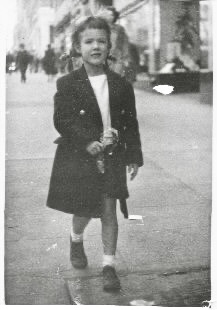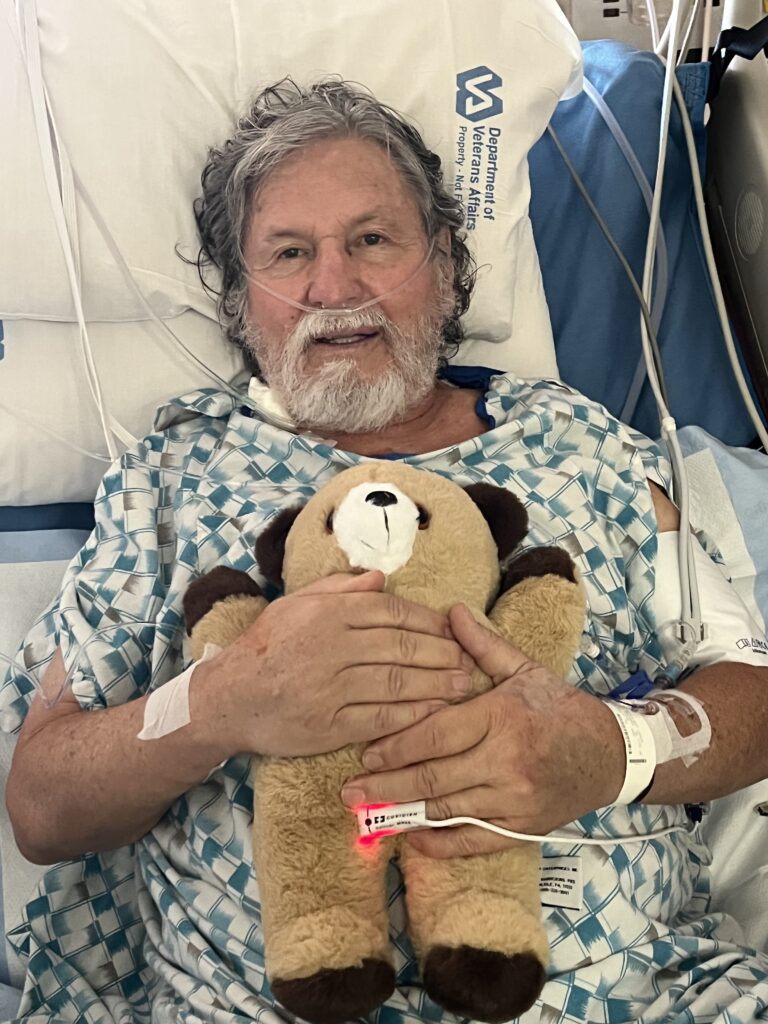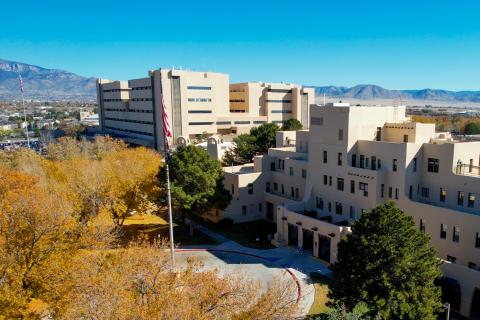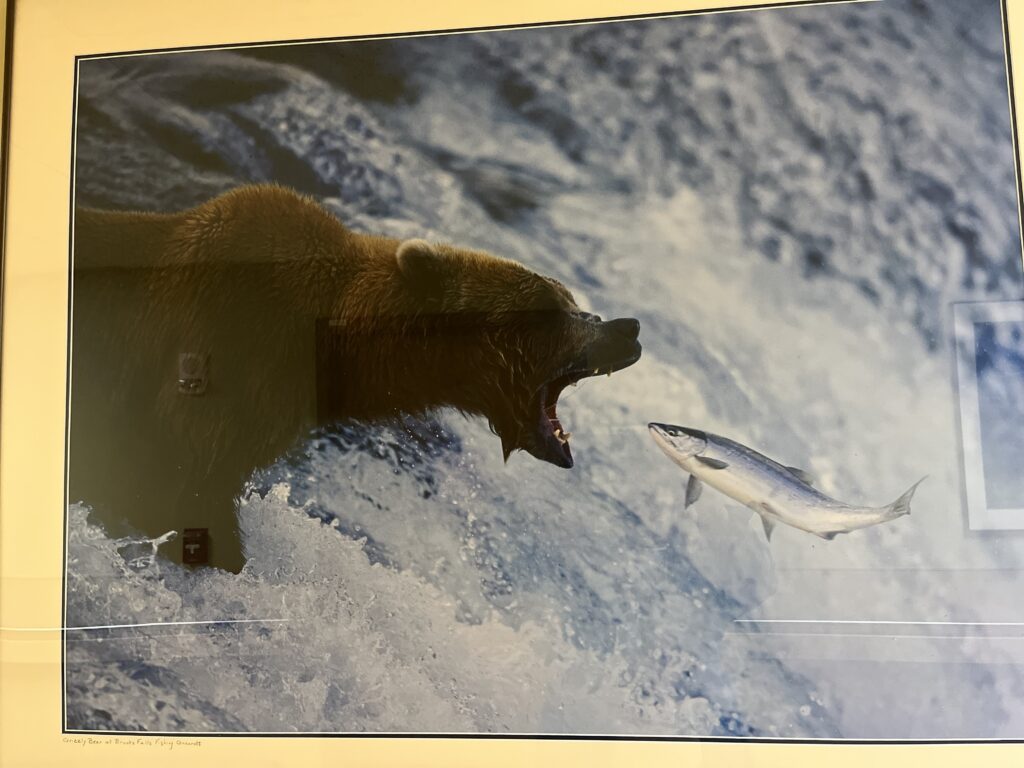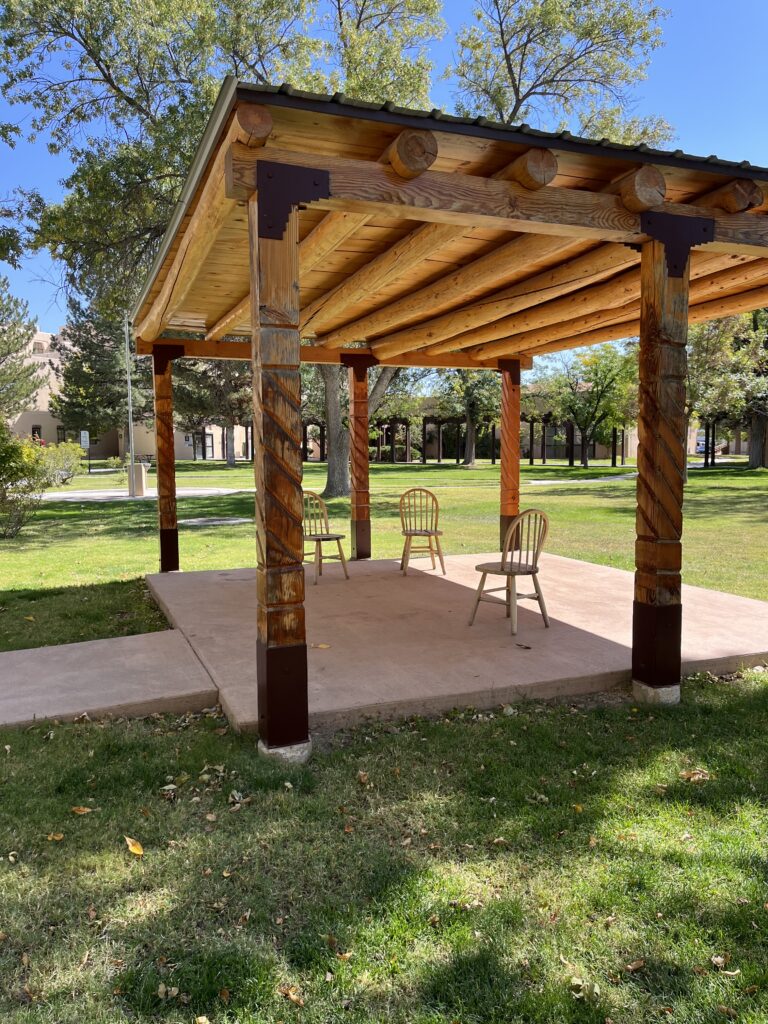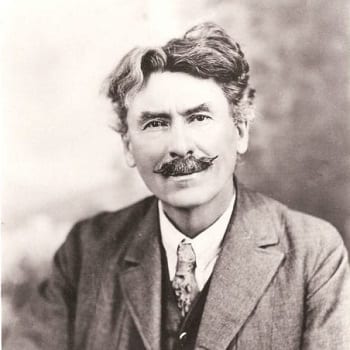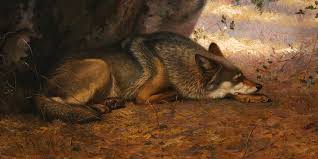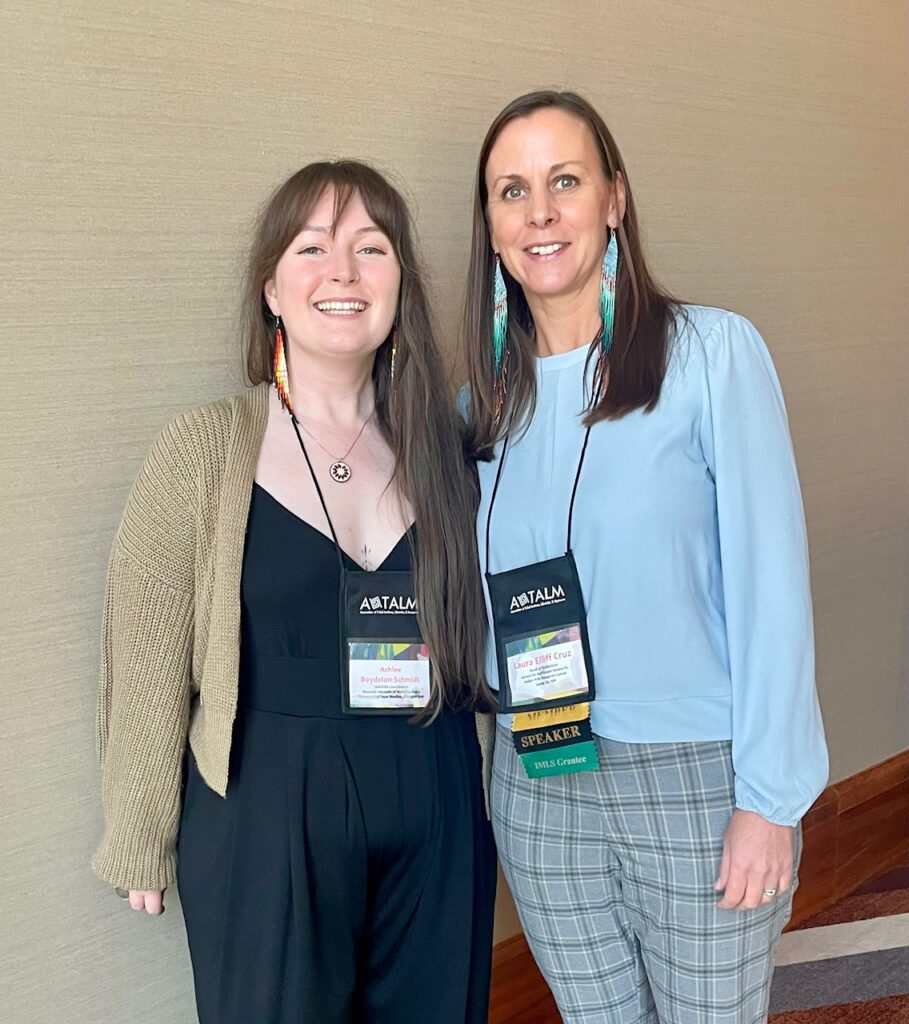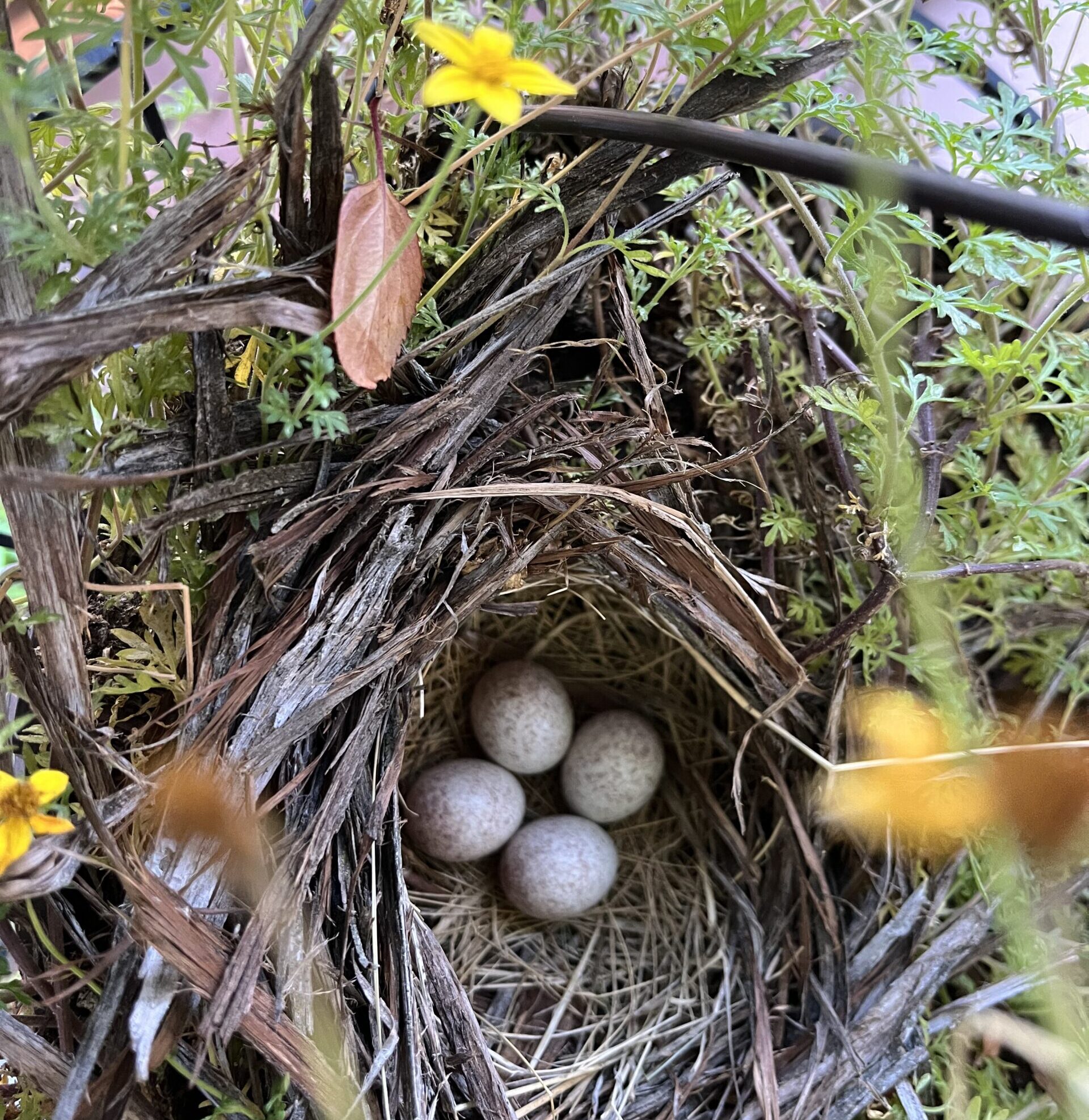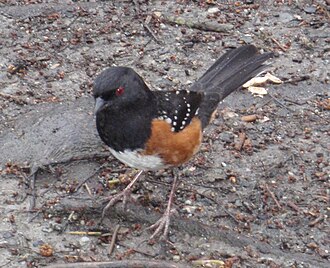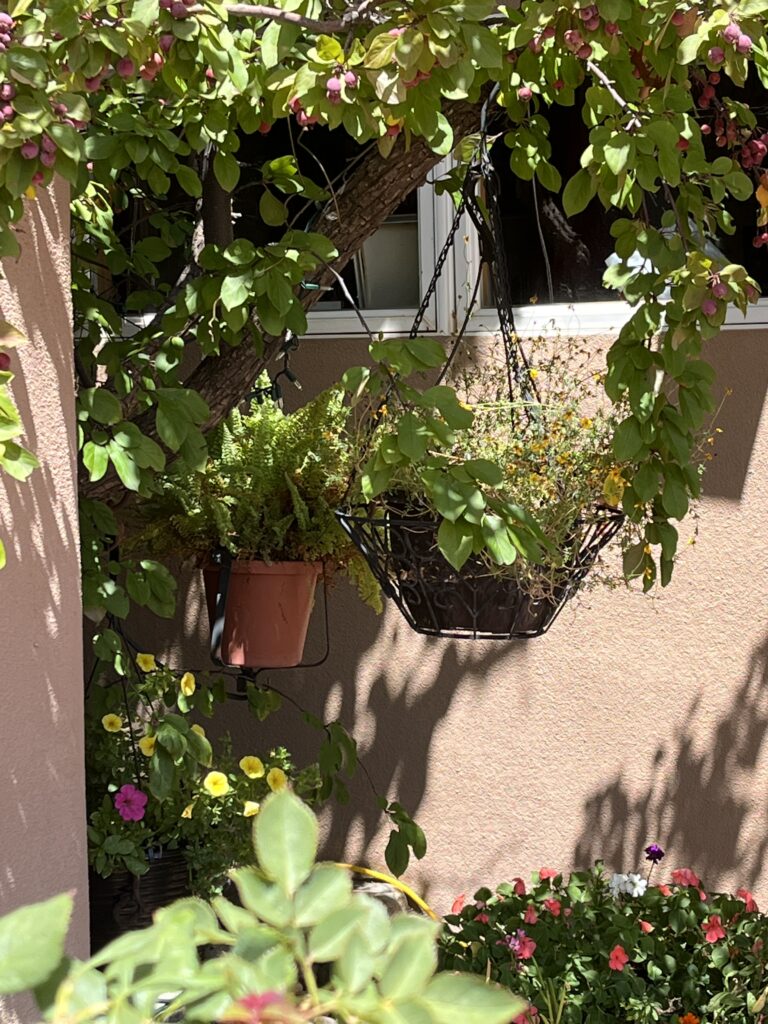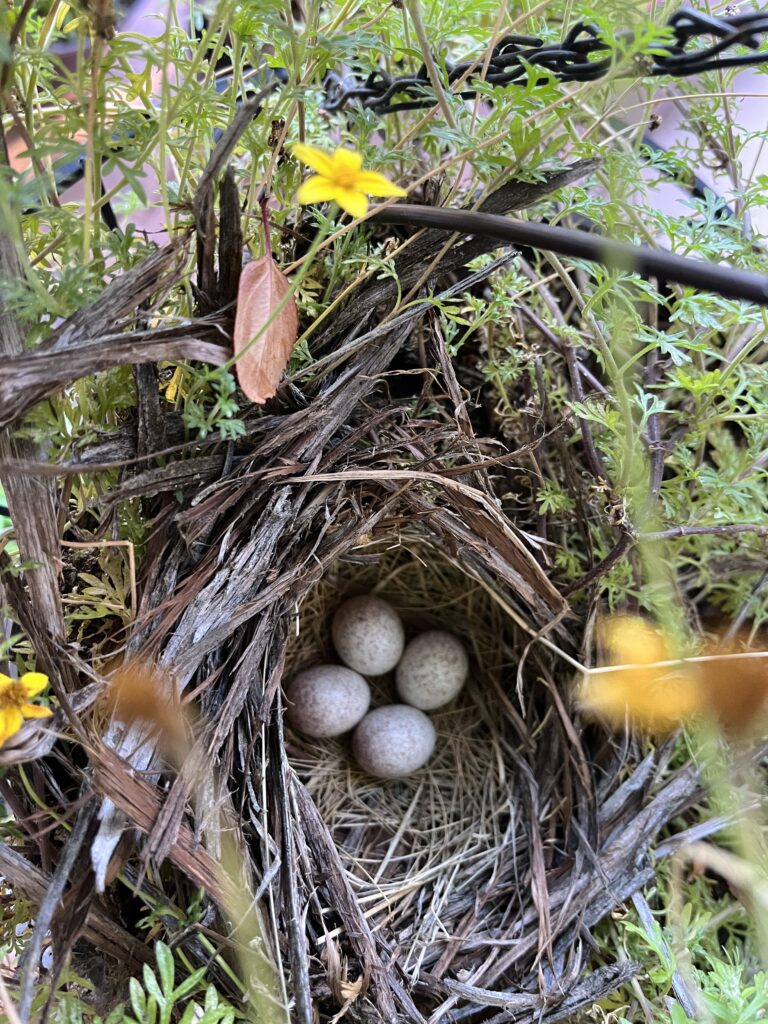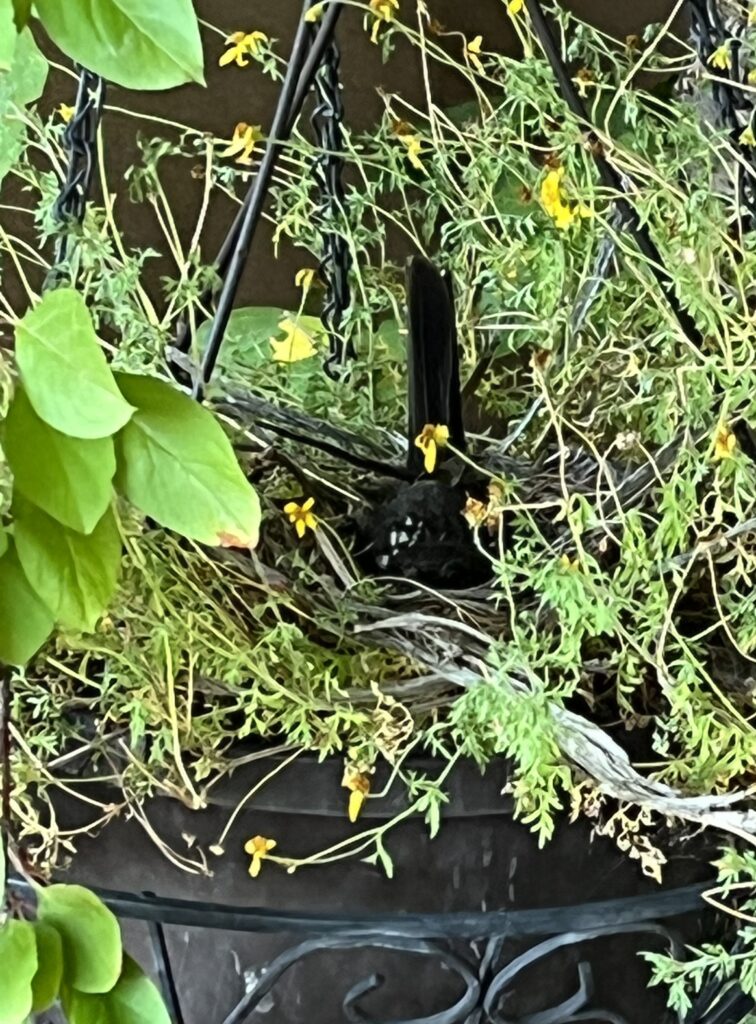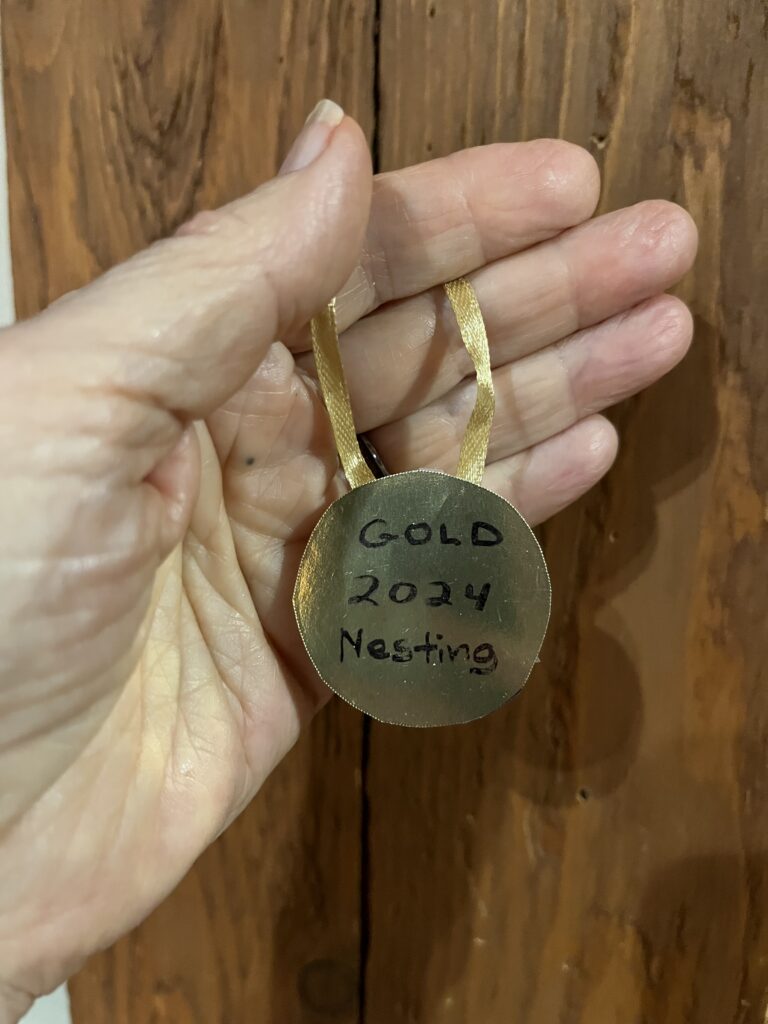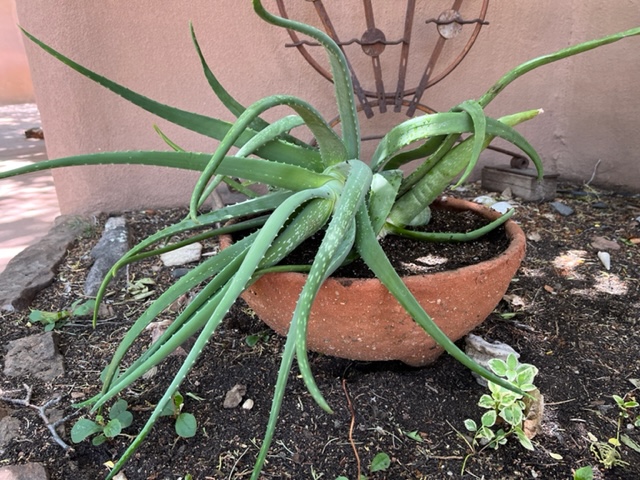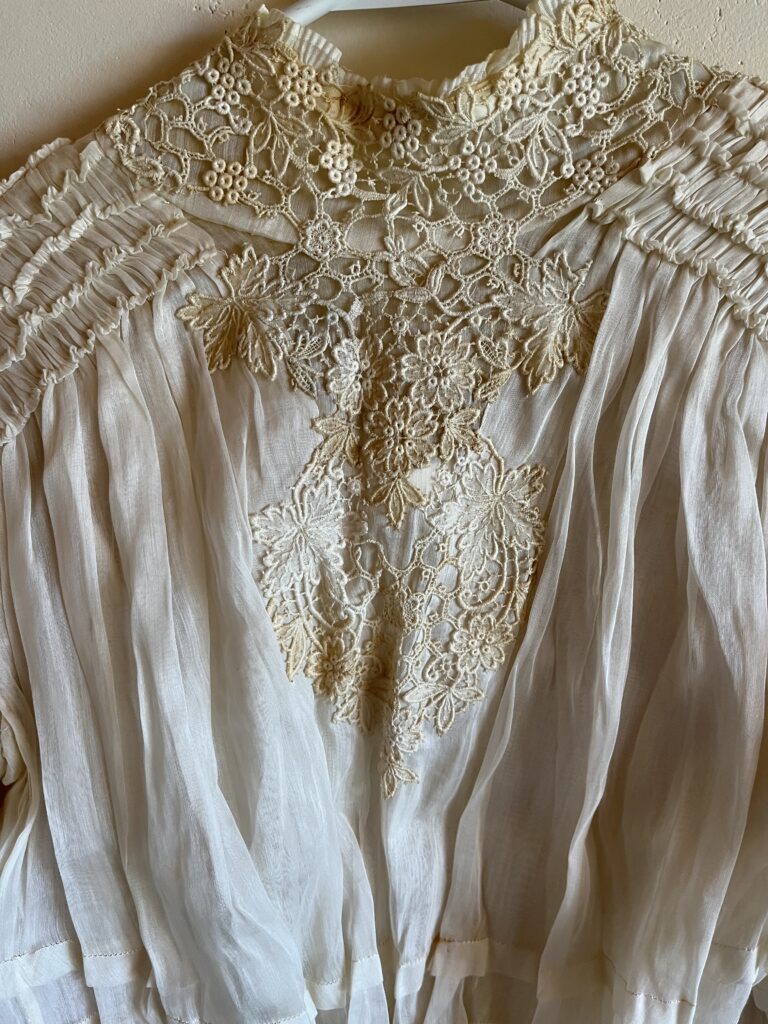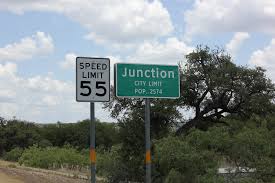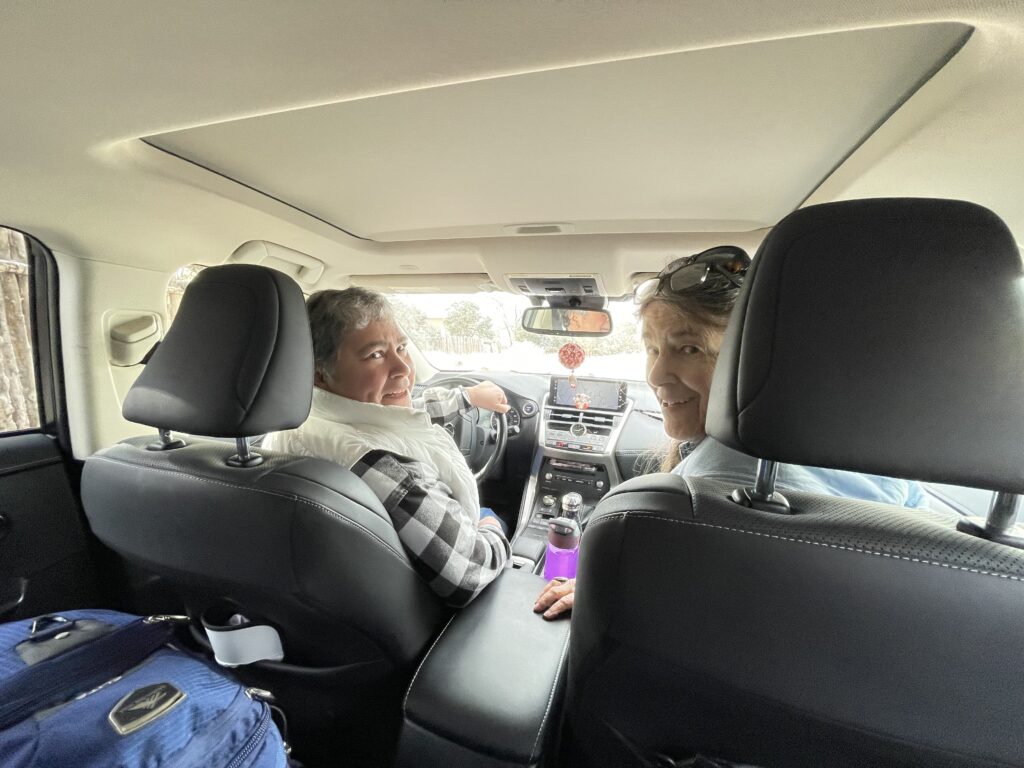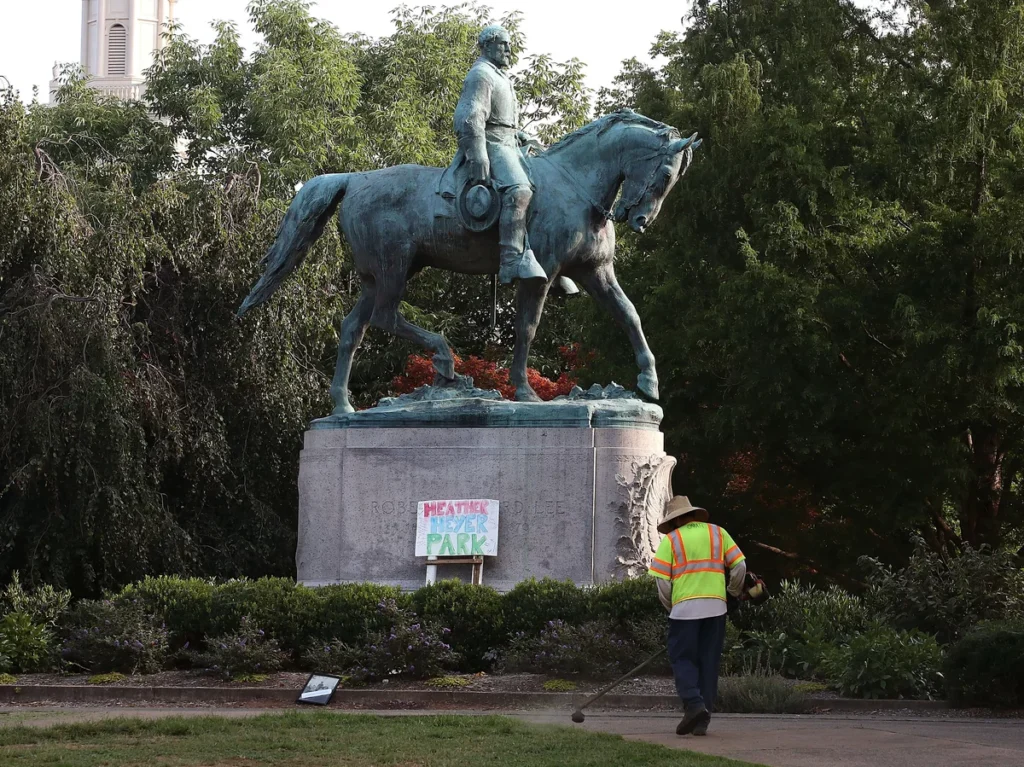You Can’t Stop Me
I suspect this will be short and sweet… or not so sweet, depending…
My post-election reaction was different from many of my friends, who were running around like Chicken Little, shouting the sky had fallen, the world was over, the impossible had happened, we all had to run, hide, or just keep shrieking until we were hoarse.
I was calm, not hysterical, not even shocked. I confess to muttering a lot, however, and this is what I heard bubbling from my core: “You can’t stop me,” over and over. Who was I talking to and what couldn’t be stopped? I was talking to the president-elect, and I was telling him that neither he nor his enforcers could stop me from doing what I do, from being who I am. I would continue working for what I believe in. I would keep up a flow of support for important causes. I would not be stopped from helping out locally in any small ways I could.
Self-care gurus advise not to take his threats, his promises personally, to try to disengage, remain sane, and focus on productive tasks. I understand that it is best not to fall for his predictions: the immediate deportation of millions, invading Panama, declaring war on civil rights, making the French fry the national vegetable… ok, I’m over the top, but you know what I mean. How easy it is to find your pulse racing in anger and disbelief, as words spew out of your mouth that would shock your grandma. On the other hand, to try to stay objective and disengage is asking too much.
So, I do take it personally, very personally. I imagine the president-elect trying to stop me, Lucy in Santa Fe, from being me, because he thinks I am exactly what’s wrong with this country – liberal, gullible, introspective, thoughtful, and caring. I like to picture him fuming, red-faced, tiny hands flailing the air. “How dare she, the little #$%&#%$*!? Wait til I get my hands on her scrawny neck!” But he would never find me because I would just be doing what I’ve always done, turning up the steam a bit, but keeping a low profile. I would be too little, too local to be a target. But there would be more and more of us, bubbling up, doing daily good in more and more creative ways.
And I have one more challenge for the president-elect. Not only can you not stop me, you can’t make me. You can’t make me do what you want. I will not turn on my immigrant neighbors and friends. I will not seize my neighbor’s backyard because I want their vegetable garden. I will not spew hate and fear. You can’t make me be someone I’m not. So there.
My muttering response to the election has worked pretty well. I’m surprised how powerful I feel, in a quiet, conspiratorial way. I am hoping it will last.
May 2025 bring you power of your own kind.
Read More
